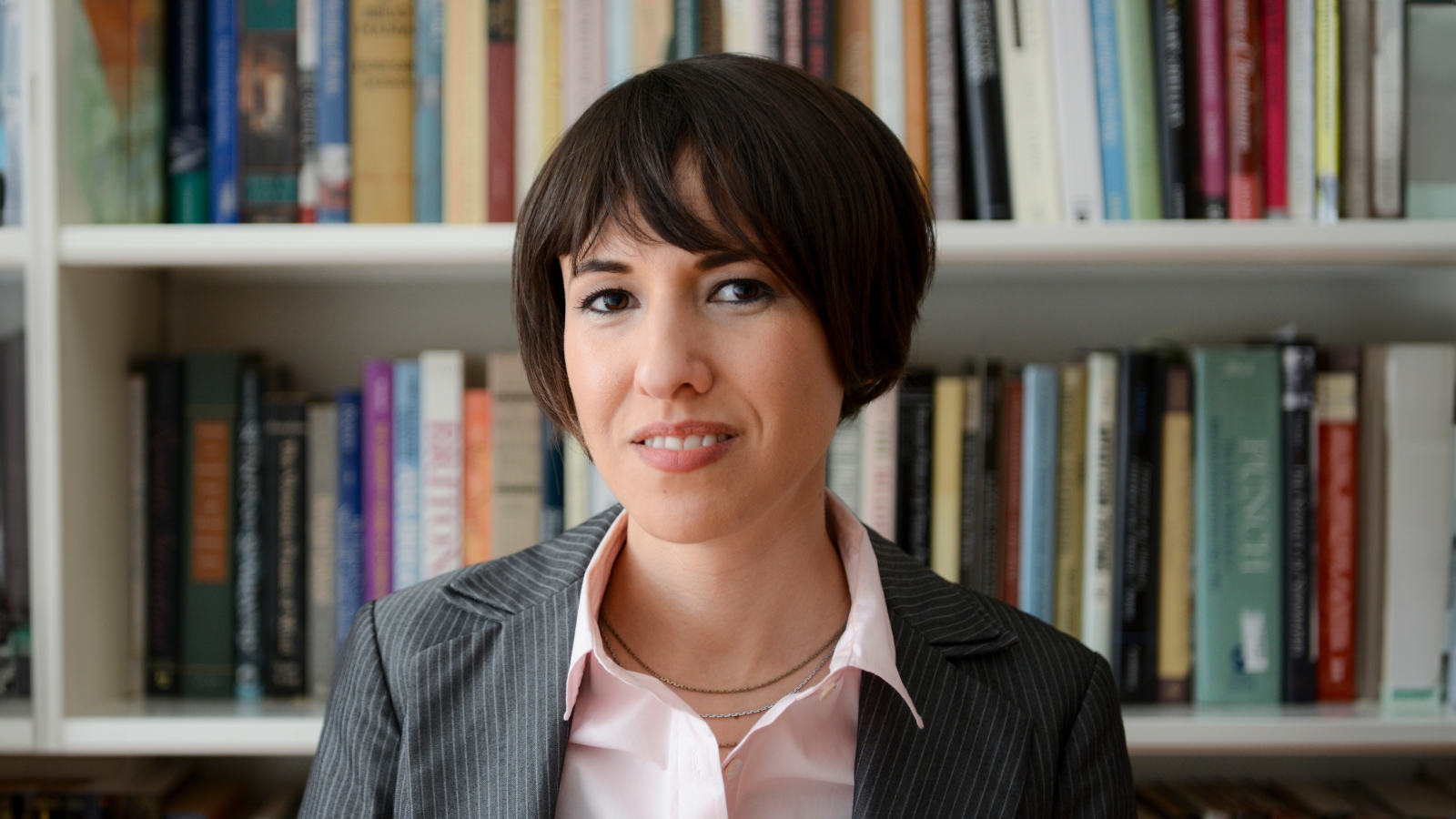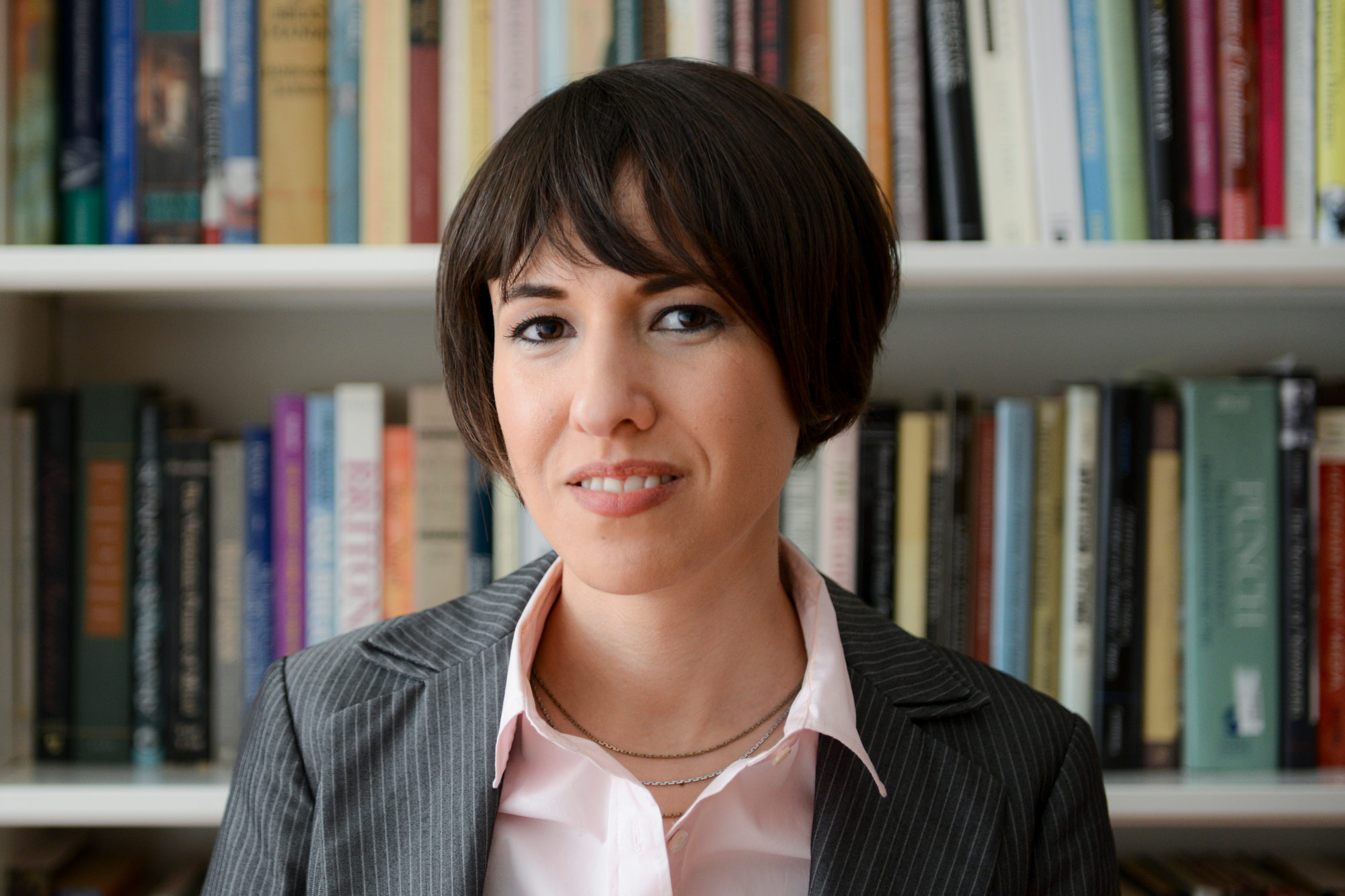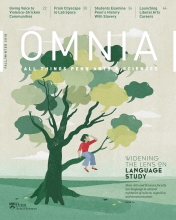Think of a Charles Dickens novel—pick almost any one. It is likely packed with characters, from named ones to the throngs navigating London streets and populating orphanages, prisons, factories, and workhouses. In her book, Populating the Novel: Literary Form and the Politics of Surplus Life, Emily Steinlight examines not the well-studied characters of 19th-century British writers such as Dickens, Mary Shelley, Elizabeth Gaskell, Thomas Hardy, and Joseph Conrad, but the unidentified masses that pervade their literary works.
“Reading 19th-century novels, and especially the novels of Dickens, I became more and more interested in their sheer crowdedness—their human density,” says Steinlight, the Stephen M. Gorn Family Assistant Professor of English. “There’s a sense when you read a novel like Bleak House that character crowding almost exceeds the capacity to give names to people, or even to describe them in impressionistic ways.”
Dickens’ novels, and those of several of his contemporary British writers, could be seen to mirror the times. During the 19th century, the population of England and Wales more than tripled from about 8.9 million in 1801 to 32.5 million in 1901 as the country moved from a rural, agrarian economy to an urban, industrial economy.
During novels of this time period, population served as the center of meaning, a position previously held by individual protagonists, Steinlight says. This shift is the case not just in works where crowds are directly represented, as in Dickens’ city novels or Gaskell’s industrial novels, but also in much more sparsely populated stories set in the countryside. Hardy’s novels, for instance, make even their isolated protagonists view themselves as statistics, part of a vast set of devalued lives.
In Populating the Novel, Steinlight contends that, rather than simply reflecting this demographic growth, such pervasive literary crowding contributed to a seismic shift in British political thought. She shows how the 19th-century novel claimed a new cultural role as it took on the task of narrating human aggregation at a moment when the specter of surplus population suddenly became a central premise of modern politics.
As the population of England boomed, social issues associated with it began to impact political thought. Thomas Malthus’ “Essay on the Principle of Population,” published in 1798, serves as a touchstone for population science and the emergence of biopolitics. That essay paints a grim picture of the future, one filled with poverty, violence, and epidemic as checks to human population if otherwise unchecked.
Steinlight connects the writers of the 19th century—poets, essayists, and novelists—to Malthus’ political ideas. These writers were some of the key voices debating his conclusions. Some of them argued against him that inequality, poverty, and ecological scarcity and damage were the product of social rather than natural causes.
“Malthus saw this just as a given, an unfortunate fact of life to be reined in where possible to preserve social order as it stood,” Steinlight explains. “But other thinkers and writers in his wake actually made overcrowding into an enabling condition: on the one hand, a palpably real problem, but on the other, a starting point for telling different kinds of stories about society. That was the central challenge that a lot of 19th-century novels were trying to think their way through.”





